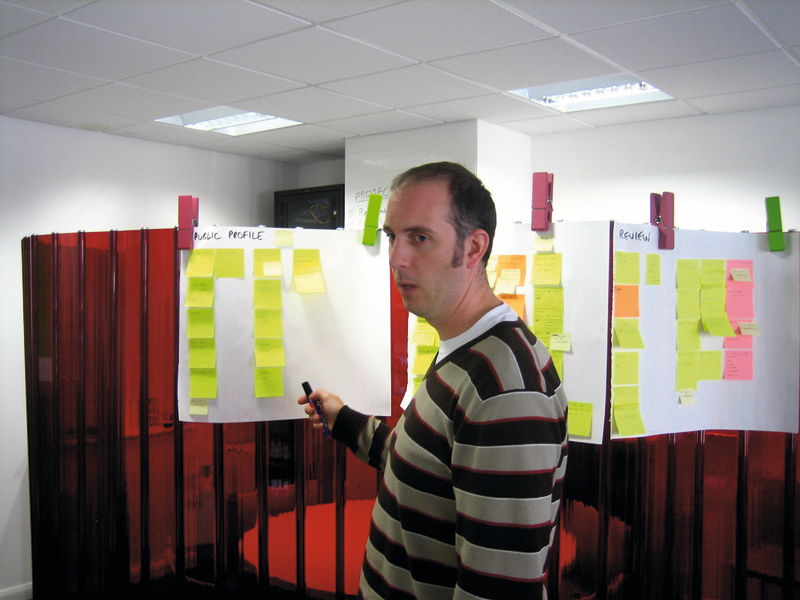The secrets of planning a successful website
Top creatives reveal their sanity-saving approaches

Many web designers give scant regard to planning.
Instead, they steam on in, basing a project's cursory preparation on previous work, and hoping no problems will rudely smash them in the face along the way.
But as Andy Budd, creative director of Clearleft, notes: "Planning is integral to almost every project – it's like asking how a blueprint benefited a building.
You can't build a building without doing a blueprint, otherwise the result will be ineffective and fall down!"
He takes the architecture analogy further – it's a helpful parallel to web design planning. "There's a certain size of structure – say, a house extension – where rather than talk to an architect, you just get in a builder who's built dozens of extensions. The end result should be fine, due to the relatively low complexity and small number of likely problems. But the more complex a system is and the more variables, features and functions it has, the greater the chance of something going wrong. If you want a new house, you consult an architect, but, unfortunately, most people on the web build websites like they're knocking together an extension. They don't have the necessary knowledge for planning and just hope what they create won't fall down."
Getting started
"No two sites are the same, and so there are no hard and fast rules when it comes to planning," says Simon Crab, creative director at Lateral. "But a process of defining and agreeing with the client what the site's objectives are is a good starting point. This agreement should cover 'what they think success looks like' – a tangible target everyone works towards."
Sign up for breaking news, reviews, opinion, top tech deals, and more.
It's important at this stage to ensure that everyone's on the same page, agreeing the parameters of the project. "Your defined objectives create a scope that must balance what's required with what's realistically achievable," says Nicolas T Le Clainche, head of production at Delete. "Projects can slip or deliver an inappropriate result if all parties are not aligned – great project planning comes through collaboration underpinned with a great relationship. A thorough identification of the deliverables and their quality criteria enables us to determine the tasks, which are then estimated before being sequenced and scheduled."
Part of the scope should be the planning itself. "Understanding what level of planning is needed for a particular project and who will be reading the plan is key," argues Huey Nhan, production director at Digital Outlook, who reckons over-planning is a waste of time, but that under-planning can cause serious problems later.
"Consider who you're working with. If your decision-makers are marketing directors, they might not have the time or patience to trawl through reams of details, so make sure you highlight important things that need attention and input. Information design is just as important during planning as execution."
Once the basis of the project is nailed down, some time should be spent doing competitive analysis. Most obviously, it pays to check out other sites that have been made within the industry sector. "You can learn a lot from the successes and failures of other sites, and so we always like to do some form of competitor research or survey," says Budd.
"However, don't let the term 'competitor' fool you, because the sites you choose could be in different geographic or business markets, just as long as the functionality is similar." Such research also enables you to avoid the pitfall of both you and your client somehow missing something really obvious that should have gone onto the site you're working on, but which features on all your competitors' offerings.
User-defined
By this stage, you and your client should have a decent understanding of the website's aims, but not everyone then stops and thinks who the website is really being created for. Although the client is paying you, it's their clients – the end users – who are arguably the most important link in the chain.
Current page: Website tips from Clearleft, Lateral, Delete and Digital Outlook
Next Page Website tips from Modera, on-IDLE